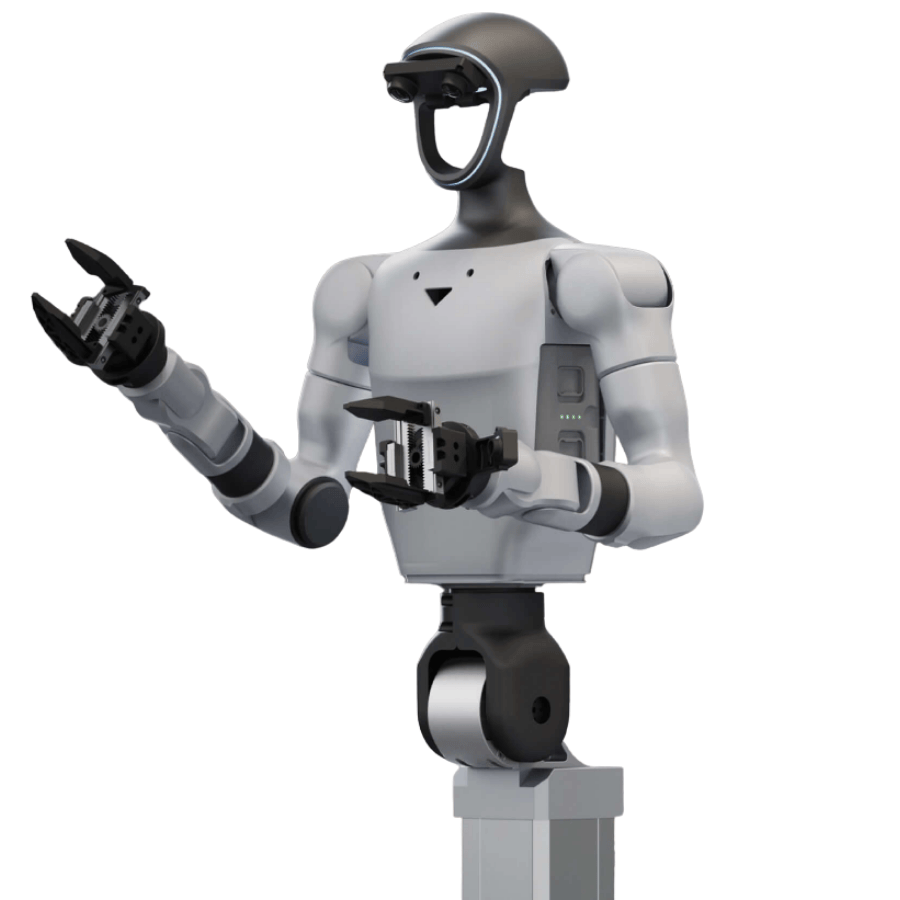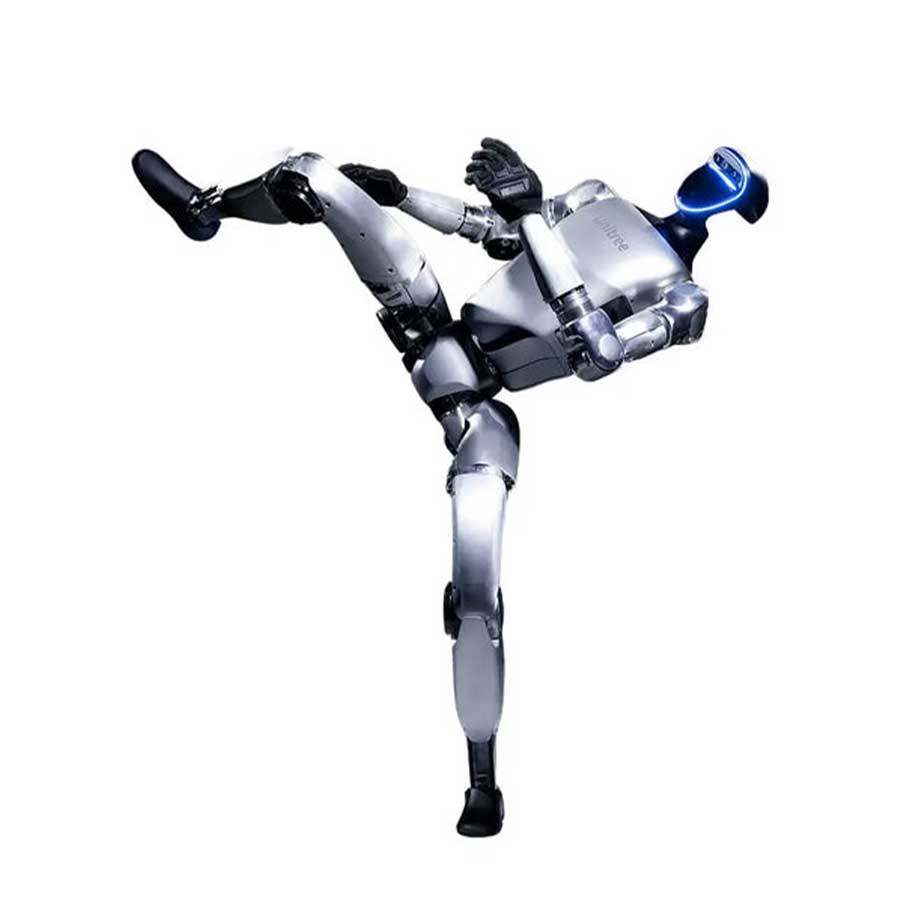
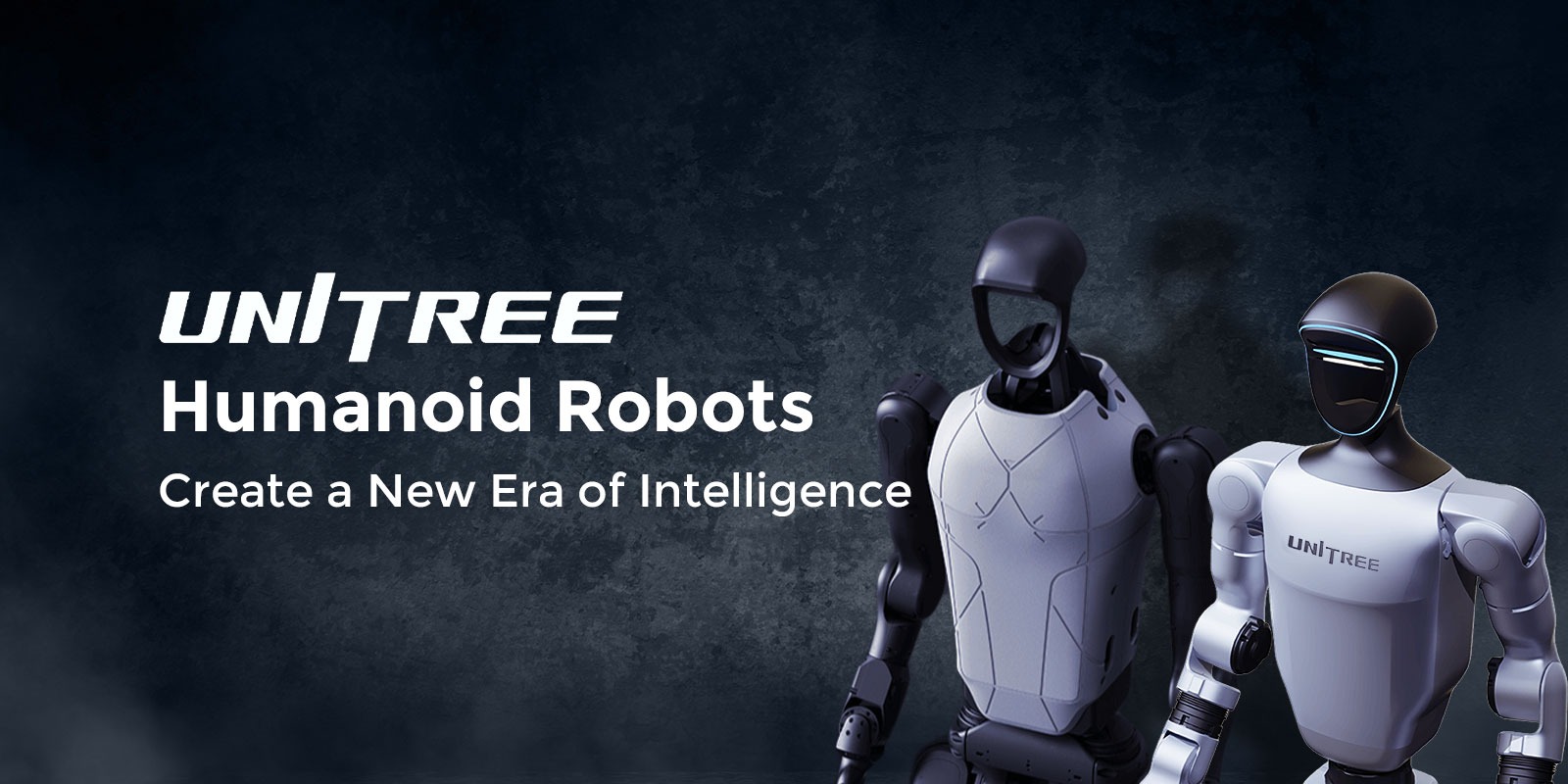

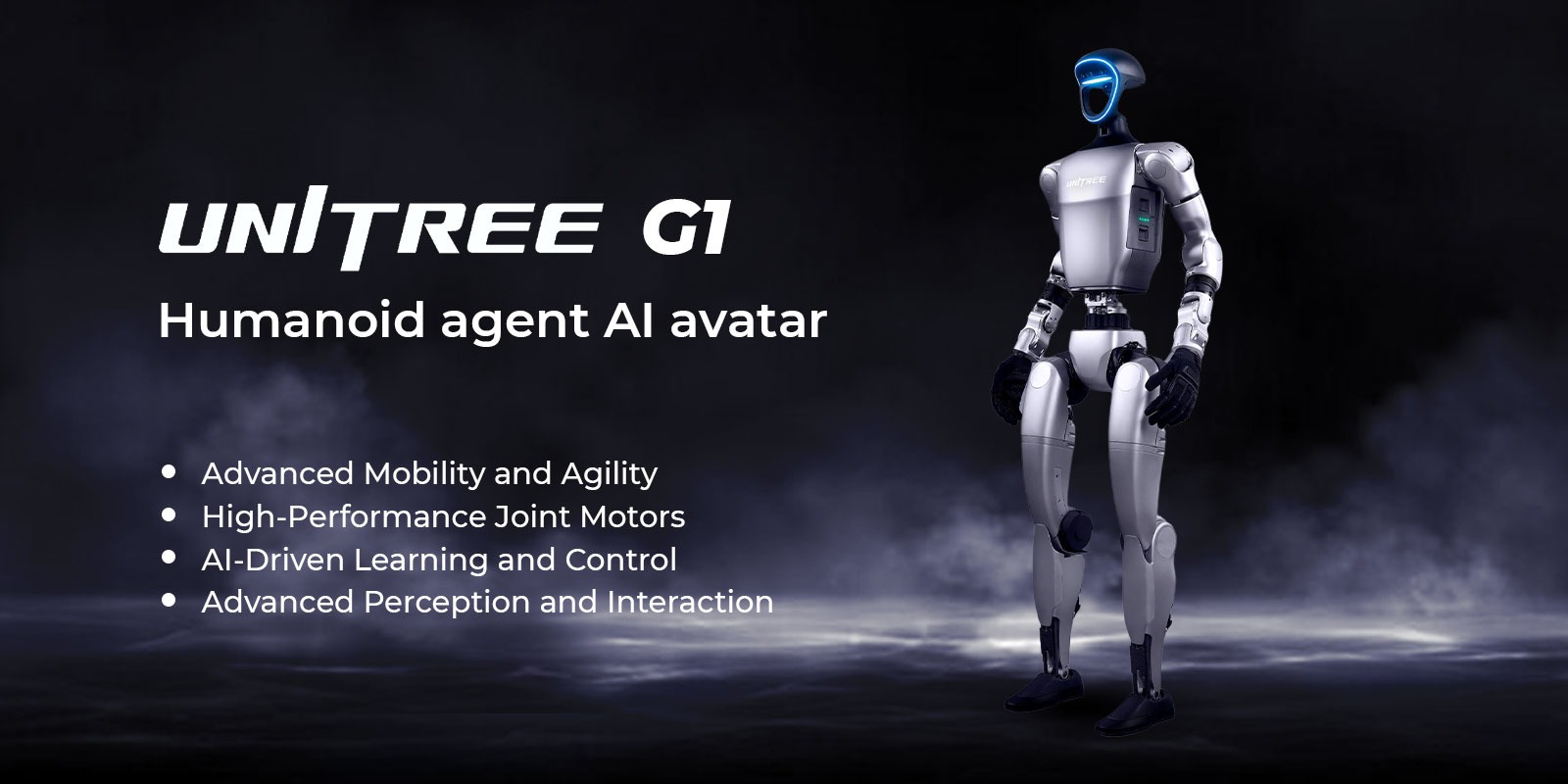

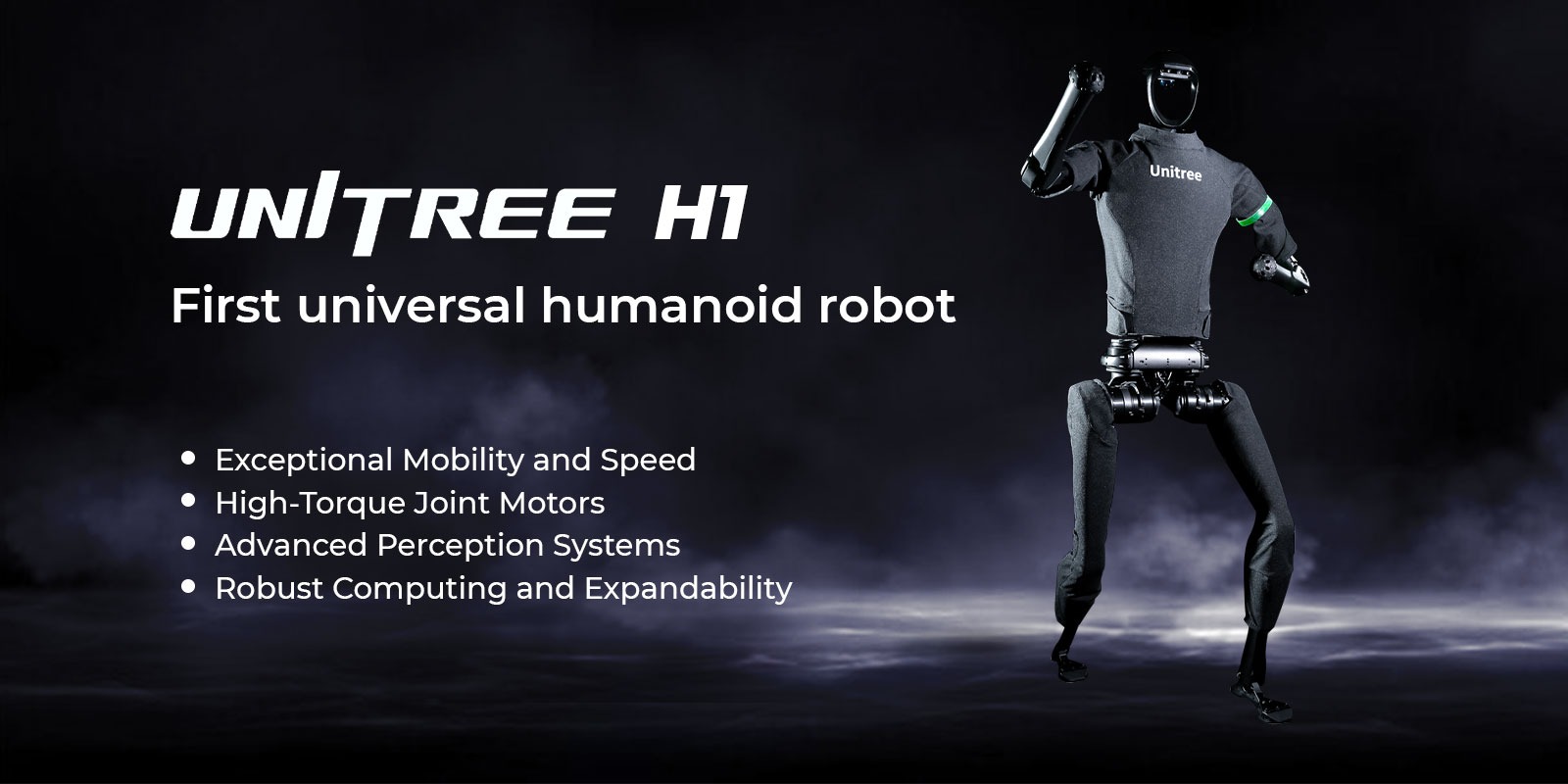
Which coding language is used to program dogs and robots ?
C++, Java, and Python are commonly used programming languages in the development and control of humanoid robots and robotic dogs due to their unique strengths and compatibility with robotics frameworks.
What can humanoid robots be used for?
Humanoid robots are designed to interact with humans in a natural, intuitive way, making them ideal for roles in customer service, education, entertainment, research, and elderly care. These robots can greet and assist customers, teach students, entertain audiences, support researchers with data collection, and help the elderly with daily tasks. By mimicking human gestures and speech, they create engaging experiences while automating repetitive or physically demanding jobs, thereby improving efficiency and reducing the workload on human workers.
Do humanoid robots understand speech?
Yes, most humanoid robots feature voice recognition and speech synthesis. These technologies help them understand spoken commands clearly. They also respond using natural language, enabling smooth, human-like conversations. This ability makes them ideal for communication roles like customer support, education, or personal assistance. By processing language inputs quickly, they generate context-aware replies. Consequently, these robots improve user experience and increase accessibility for diverse users.
Can humanoid robots be connected to the internet?
Yes, most modern humanoid robots support Wi-Fi or Bluetooth connectivity. They enable seamless remote control and real-time updates. Users can monitor and manage the robot from anywhere. These robots integrate easily with smart systems. Connectivity allows data syncing and remote diagnostics. It also supports AI model updates and cloud-based features.
Can I customize a humanoid robot's behavior or appearance?
Absolutely. Many humanoid robots offer broad customization options. Users adjust behavior using programming interfaces with Python or C++, tailoring tasks to precise needs. Moreover, they personalize appearance with clothing, branding elements, or functional accessories like trays or tablets. These changes boost utility in customer service, marketing, and hospitality. Furthermore, this flexibility ensures robots adapt smoothly to diverse industry requirements, enhancing engagement and functionality.
Is it possible to upgrade a humanoid robot later?
Many robots support modular upgrades, so users can enhance both hardware and software easily. For hardware, users install advanced cameras, better sensors, or stronger actuators. These upgrades improve vision, navigation, and interactive performance significantly. Additionally, users boost software through regular firmware updates or flexible SDK tools. This enables them to add features, fix bugs, and build custom applications. Moreover, developers expand robot capabilities to fit evolving needs quickly. Therefore, modularity ensures long-term adaptability and smooth scalability in various use cases.












